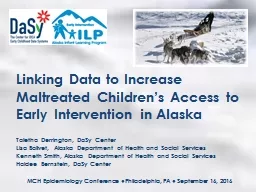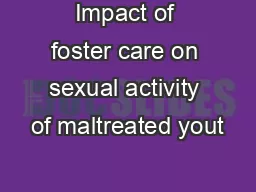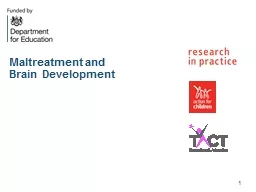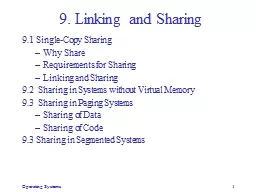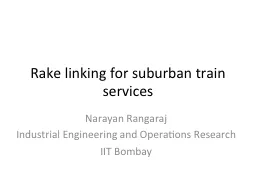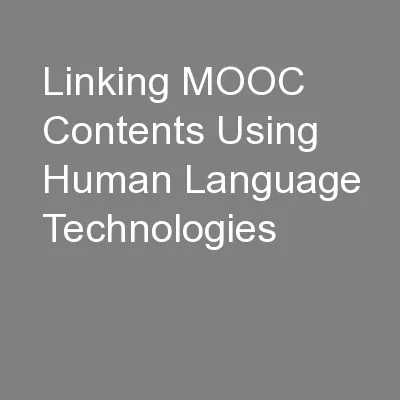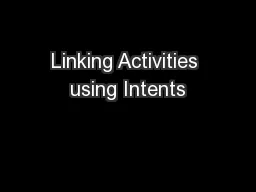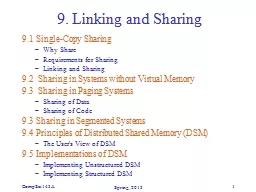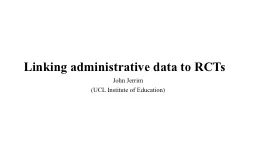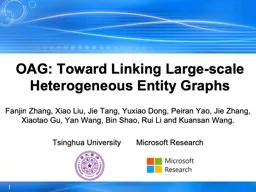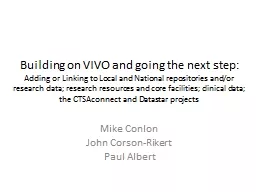PPT-Linking Data to Increase Maltreated Children’s Access to
Author : lois-ondreau | Published Date : 2017-10-18
Taletha Derrington DaSy Center Lisa Balivet Alaska Department of Health and Social Services Kenneth Smith Alaska Department of Health and Social Services
Presentation Embed Code
Download Presentation
Download Presentation The PPT/PDF document "Linking Data to Increase Maltreated Chil..." is the property of its rightful owner. Permission is granted to download and print the materials on this website for personal, non-commercial use only, and to display it on your personal computer provided you do not modify the materials and that you retain all copyright notices contained in the materials. By downloading content from our website, you accept the terms of this agreement.
Linking Data to Increase Maltreated Children’s Access to: Transcript
Download Rules Of Document
"Linking Data to Increase Maltreated Children’s Access to"The content belongs to its owner. You may download and print it for personal use, without modification, and keep all copyright notices. By downloading, you agree to these terms.
Related Documents

